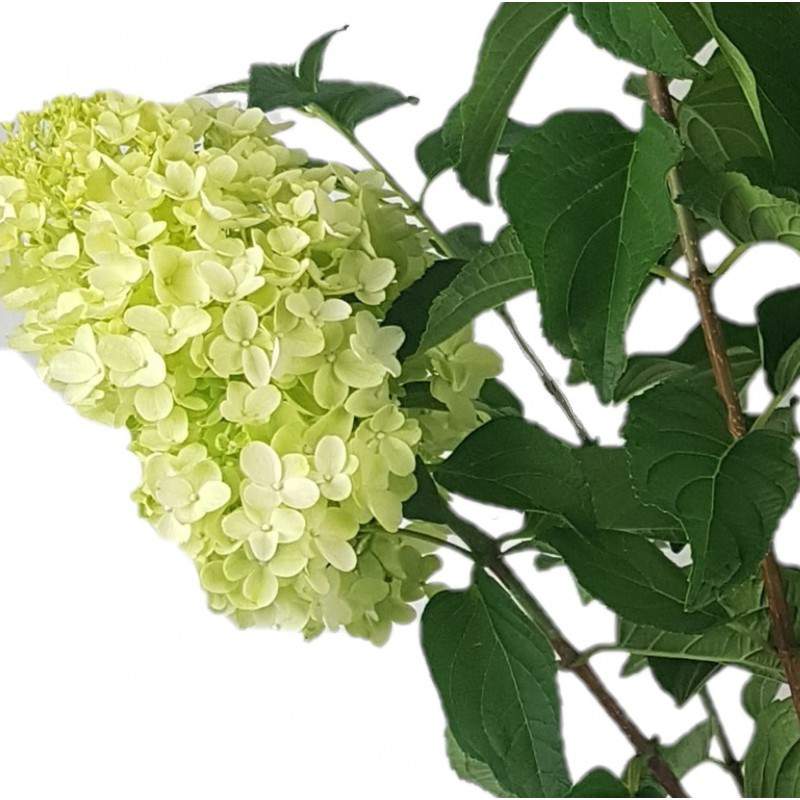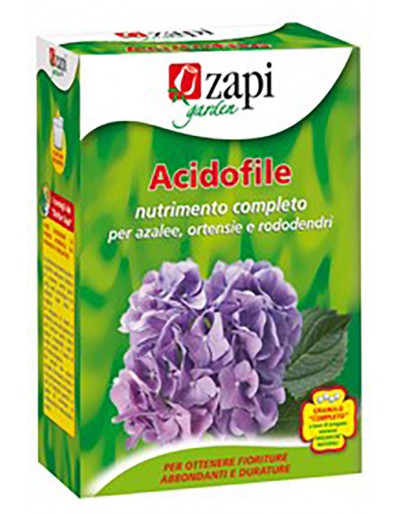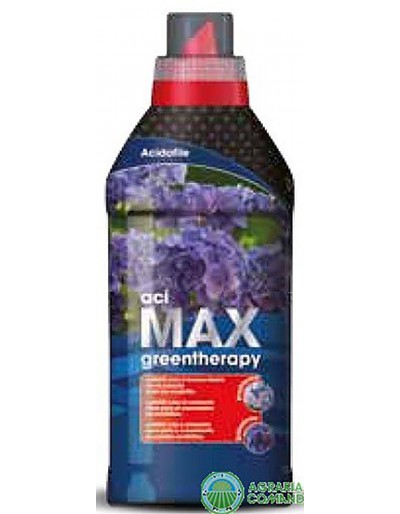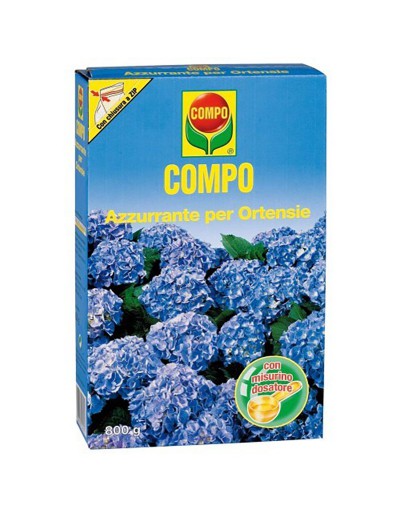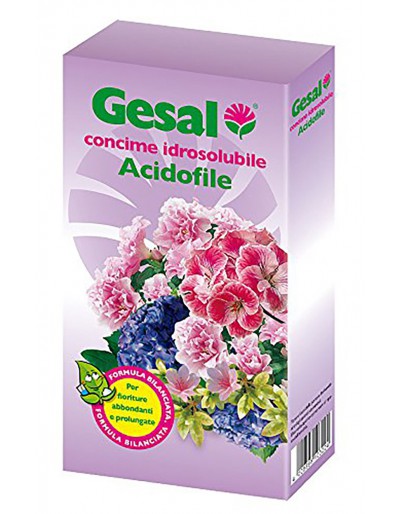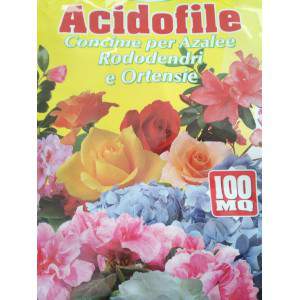- Out-of-Stock
HYDRAGEA PANICULATED LIMELIGHT FLOWERPOT 22cm
Reference: TP-10018248
 PACKAGING AND SHIPPING COSTS
PACKAGING AND SHIPPING COSTSLimelight paniculate hydrangea is a particular ornamental plant appreciated for its attractive flower.
It forms large panicle flowers, which look like hyacinth flowers.
Grown in a 22cm flowerpot.
Hydrangea Paniculata Limelight h 80 / 90cm (Vase included)
The small hyacinth-like flowers are light white in color, tending towards lime green. The flowers tend to be tinged with a lime green. 'Limelight' blooms in summer with large panicles.
In spring, winter hardy Hydrangea can be pruned. 'Limelight' is a sturdy bush and very easy to care for! Find a nice spot in full sun for the paniculate hydrangea. Water the shrub in moderation. In times of drought, water with more water.
Ground
These hydrangea species prefer acidic soil however they also grow in alkaline and neutral soils. The soil must be moist and placed in a cool and sunny area
Watering
Frequent watering is essential to obtain beautiful hydrangeas, especially during the summer. If there is no rain from June onwards, it is advisable to water the plant with 7-8 liters of water.
Exposure
paniculate hydrangeas prefer to be exposed to partial shade or in sunny areas. The ideal location on our peninsula is sunny in the morning and shaded in the afternoon. Only in mountainous areas is exposure in full sun tolerated otherwise it is good to place them in bright shade.
Fertilization
To ensure a rich flowering it is advisable to sprinkle a good slow release fertilizer for acidophilic plants starting from March. In the case of neutral or alkaline soil it is advisable, from the end of winter, to spread iron sulphate-based products on the ground or mix with the watering water
Flowering
The hydrangea remains bare during the winter and revives from the beginning of March. Flowering takes place in April and in the apartment it can last even 6-8 weeks, provided that the location takes place in a sufficiently bright place with not direct exposure to sunlight, rather cool, at a temperature that reaches a maximum of 16-18 ° C that it is watered in abundance.
In the apartment, even if all the necessary precautions are taken, it is not easy to make the hydrangea bloom again for several years in a row. It can therefore be transplanted into the garden or into a sufficiently large planter on the terrace, this at the time when the plant begins to wither, generally after 2-3 weeks, if the optimal conditions are not respected.
The flowers of the hydrangea paniculata are gathered in conical-shaped inflorescences, called panicles or panicles, with flowers for the most part sterile, in particular the external ones, for which they are replaced by sepals, large and petal-like, while the other floral parts are aborted . The inflorescences of hydrangeas show off different colors, ranging from white to different shades of red, from pink to mauve, from blue to violet. The factors that determine the colors are the genetic heritage of the plant and the type of soil where they are grown: in acid-reacting soils the color is blue-violet, while in alkaline soils they are pink or lilac.
Multiplication
You can proceed in two ways for the multiplication of hydrangea: through gamic reproduction via seed or through agamic reproduction with cutting. To obtain a hydrangea cutting it is necessary to take from the plant a portion of the branch of 10-15 cm that has at least two of buds.
For the hydrangea cutting it is necessary to choose a branch that has not bloomed because it has a better chance of taking root. Then the branch is cut and placed in a soil for acidophilic plants, choosing an area with good shade, humid and cool. the soil in a first period must be kept humid paying attention to excessive water stagnation.
Gradually the hydrangea cutting will take root and give life to a new plant destined to become a hydrangea in all respects. The most suitable months for such are late spring and autumn, the latter compared to spring is even more suitable because it is less prone to sudden changes in climate.
Pruning
In order not to compromise the flowering it is essential to carry out the pruning of hydrangeas scrupulously.
The pruning of hydrangeas is generally done in spring at the end of the frosts, however we will see the different cases.
It is advisable to completely eliminate only the oldest branches and those crooked or with little vigor.
As for the branches born the year before (they are recognized because they have a bud at the top), it is advisable to preserve them and possibly just tick them. Eliminating 1/3 of the forehead stimulates the production of new vegetation and ventilates the bush, avoiding cryptogamic problems.
Depending on whether the plant is grown in the garden or in an apartment and depending on the climate of the area in which it is grown, there are specific indications for pruning. If the plant is outdoors and the climate is cold, pruning should take place at the end of winter to ensure that the branches intended for pruning act as protection for the rest of the plant. In case of mild climate, pruning can take place immediately after flowering to allow the plant to produce side buds that will provide the following year.
The pruning of the hydrangeas grown in the apartment can take place in September leaving a maximum of two buds per branch.
Data sheet
- Exposure
- Outside: in dim light
Outside: in full sun - Flowering season
- Spring/Summer
- Flower color
- White
- Diameter of the flowerpot (cm)
- 22
- Required environments
- Bright environment
Lots of light even in the shade
Lots of sunlight
Partially sunny environment - Moisture of the soil
- Moist soil
- Minimum required temperatures in ° C
- -4
- Maximum temperatures for the plant in ° C
- 30


